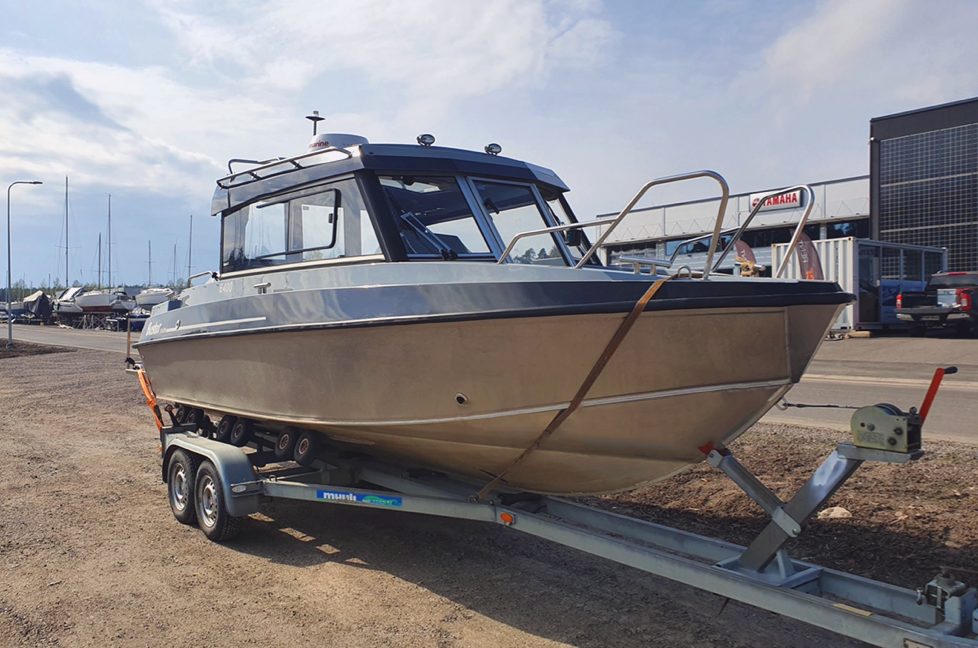When the boating season comes to its end, remember to prep your boat for the cold and unpredictable weather.
It’s also important to do a thorough fall maintenance to your boat, to secure your precious investment from winter and thieves. A good maintenance will reward you in the spring when the boat is in good condition from the get-go and you can sail straight to a new boating season!
We’ve made you a handy guide about what to do when it’s time to put your boat to its winter hibernation.
Let’s get to it.
Here’s how to winterize your boat
1 Start the maintenance in the water
Emptying the boat and maintaining the engine is easiest to do while the boat is still in the water, attached to the dock.
Don’t store anything in the boat over the winter because moisture will easily do its nasty job. Remove all mold-prone, mattresses and textiles.
Thoroughly clean the inside of the boat and remove dirt and grease stains. Remember to wash and dry the boat’s bilge.
Remove the canopies and boom covers and store them for the winter. If the boat has a cabin or poorly ventilated spaces, it might be good to leave one or even a few dehumidifiers in the boat.
Carefully drain the boat’s freshwater system and check that there is no water left in the water tanks, water heater, hoses or pumps. If some water gets left in the boat and it freezes during the cold winter, water can easily break pipes and pumps!
2 Secure the boat’s engine
Engine service items should always be selected for each engine type, and be performed according to the manufacturer’s instructions. This avoids repairs that could go up to thousands of euros.
It is important to change the engine oil at the end of the summer season. After the oil change, run the engine to allow a fresh layer of oil to circulate the engine. When changing the oil, always replace the oil filter with a new one.
Before lifting the boat out of water, be sure to refill the tank as full as possible. This will ensure that no condensation forms in the fuel tank during the winter, which could cause the engine to malfunction.
When refueling, it is a good idea to add a fuel preservative to the tank, which increases the storage stability of the fuel.
3 Stabilize the docking station
Before lifting the boat out of water, make sure the docking station is in the correct position.
Check that the base is sturdy and that the rack is positioned in a way that the boat rests slightly below the bow of the rudder. This ensures that snow blowing under the tarpaulin drains out of the leaks when it melts.
4 Cover the boat for winterization
Once the boat has been lifted onto the rollers, it is time for the last step, i.e. covering.
Make sure the tarpaulin and tarpaulin rack placed on top of the boat are strong enough to withstand the load of storm and snow. To prevent snow from accumulating on the tarpaulin, position the tarpaulin so that it has the sharpest possible roof.
If you protect your boat with a tarpaulin for the winter, ensure good ventilation. You should also check that all the hatches inside the boat are open so air can circulate as well as possible in the space. This prevents the mold from taking over the boat during the winter.
Finally, be sure to protect your boat from thieves. Don’t leave detachable and valuable equipment or devices in the boat. If you are removing the outboard, keep it in a locked position.
If the engine stays in place, you may want to lock it in the transom of the boat or secure it with a bolt.
News for the next boating season
We hope these instructions and tips help you when you’re ready to winterize your boat!
Psst… We have something new coming out for the next boating season. Are you ready for the new era of smart boating?


